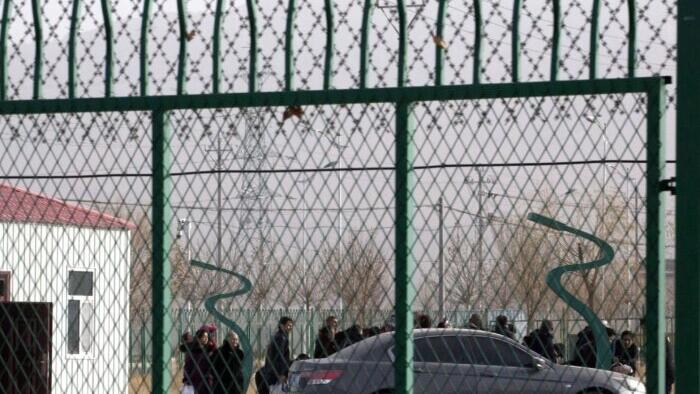In a significant move towards addressing human rights abuses, the Canadian government has initiated a public consultation to strengthen measures aimed at curbing imports of goods produced through forced labour. Announced by International Trade Minister Mary Ng on October 16, this initiative comes in light of growing scrutiny over China’s systematic use of forced labour, particularly targeting persecuted groups like the Uyghurs in Xinjiang. The consultation is designed to align Canada’s actions with the goals of the Canada-United States-Mexico Agreement (CUSMA) and the efforts of allied countries to enforce strict bans on such imports.
The public consultation seeks input on improving the enforcement of existing import bans. Proposed measures include the creation of a list identifying items that may be produced using forced labour, informed by the guidelines of the International Labour Organization (ILO). Another notable proposition is the establishment of a minimum traceability requirement, mandating that importers furnish comprehensive information about the origins of their products. These proposed changes could also impose additional financial burdens on importers found to be dealing in forced-labour goods, as they would be responsible for all expenses related to the detention, removal, and disposal of such products.
The ILO revealed alarming statistics about global forced labour, estimating that 27.6 million people were subjected to it in 2021, an increase from previous years. Among this figure, a concerning 3.3 million were children, indicating how deeply engrained these issues are within global supply chains. The Canadian government’s recent initiative to consult the public on these measures signifies a proactive approach to tackle this critical issue head-on and encourage collective responsibility in safeguarding human rights.
In recent months, the forced labour practices in China have come under increasing criticism from international lawmakers. A group of four U.S. lawmakers has called for enhanced enforcement measures concerning the ban on imports from China, particularly as they relate to the ongoing exploitation of Uyghurs and other marginalized communities in Xinjiang. Their concerns were further amplified by incidents where shipments, such as solar panels flagged for forced labour concerns in the U.S., were later imported into Canada. These events illustrate the complexities and challenges of managing cross-border supply chains while adhering to human rights norms.
The Canadian government’s efforts are also reflected in parliamentary discussions and recommendations from human rights activists. One proposal from a March 2021 report urged Canada to implement a “reverse-onus” policy that would place the burden of proof on companies importing goods from high-risk regions like Xinjiang. This policy would require these companies to verify that their products are not produced with forced labour, thereby incentivizing greater diligence in their supply chain management and adherence to ethical sourcing practices.
Since the implementation of the import ban on forced-labour goods in July 2020, the Canada Border Services Agency (CBSA) has intercepted several shipments for suspected links to forced labour. While some shipments have successfully navigated the review process, the monitoring and assessment efforts highlight the ongoing challenges in enforcing such regulations. Additionally, a new law aimed at combatting forced and child labour in supply chains requires government institutions to report on their compliance, further reinforcing Canada’s commitment to addressing these critical global issues. As these discussions and consultations unfold, Canada appears poised to take more decisive actions in its stance against forced labour practices, especially as they relate to international trade and human rights compliance.

